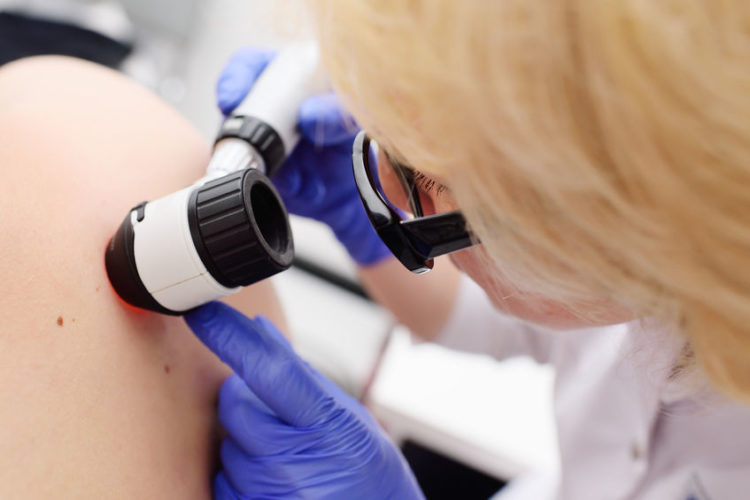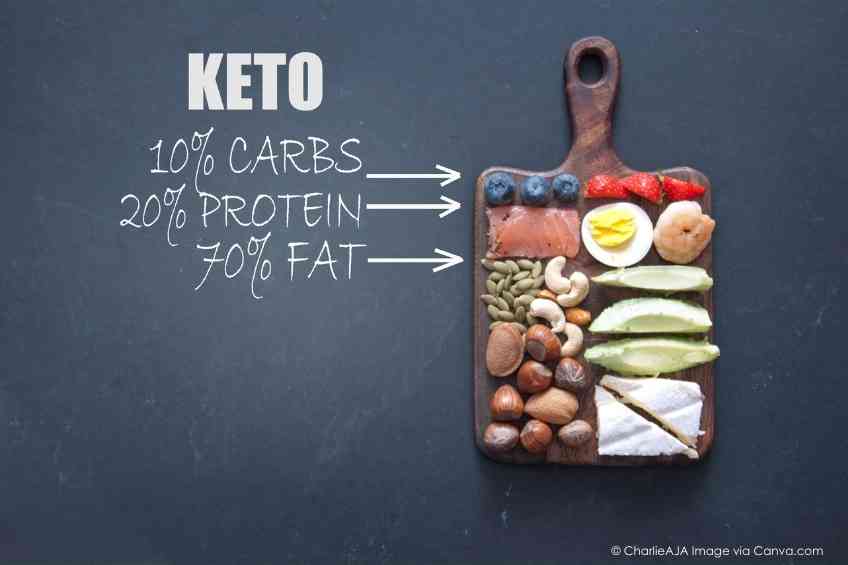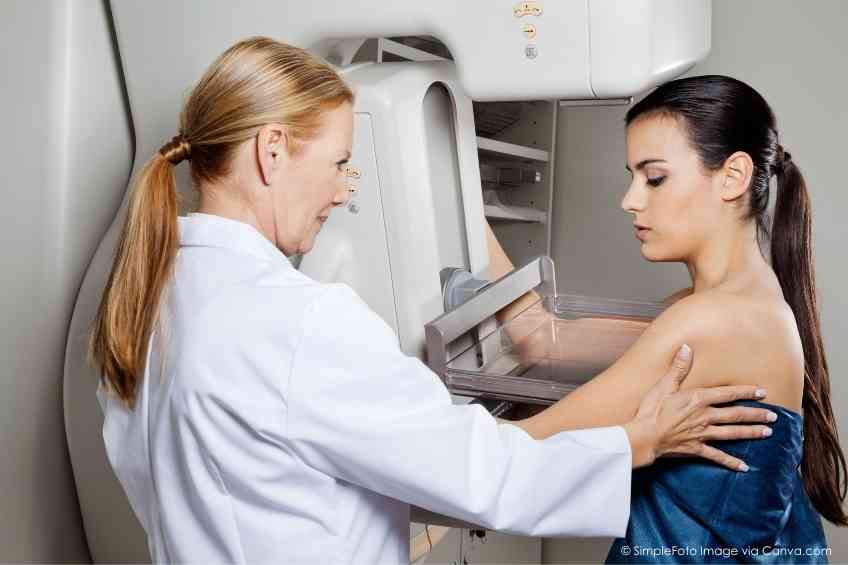By John Salak –
Skin cancer may not be the deadliest form of carcinogen attacking the US population, but it is by far the most prevalent. Skin cancer diagnoses have reached epic proportions during the last 25 years. In fact, there are an estimated four million new cases of basal cell skin cancers reported every year in the US—that’s almost three times the total number of diagnoses for the top ten other cancers combined.
What’s more troubling is that these basal cell cancers don’t include the more than a million new cases of melanoma and squamous cell carcinoma identified annually. They take the lives of almost 25,000 each year, according to Skincancer.org. It is a big problem that is only getting worse as almost 10,000 people are diagnosed with skin cancer every hour and approximately 2 people die from it every 60 minutes.
Excessive sun exposure isn’t the only cause of the problem, but it is the biggest as an estimated 90 percent of skin cancers are linked to the sun’s ultraviolet rays.
Given the sun’s impact, it’s safe to assume that older people—70 and above—are at the greatest risk of developing some form of skin cancer thanks to the cumulative impact of UV exposure over decades. In fact, by the time someone reaches 70, there is a 20 percent chance they will develop some form of skin cancer.
But there is another very susceptible and often overlooked at-risk demographic—athletes and outdoor enthusiasts. While regular exercise is often linked to reducing the risk of most cancers, the opposite is true for skin cancer. In fact, athletes and outdoor enthusiasts from hikers to bikers, runners, fishermen, skiers, baseball players, rock climbers and tennis players, among others, are magnets for skin cancer. The reason? Their outdoor activities mean on average they receive eight times the recommended levels of UV exposure, according to Penn State University Professor W. Larry Kenney.
What’s equally troubling is how few of these people take skin cancer precautions. “Sun protection in athletes is especially important as multiple studies demonstrate an elevated risk they face,” Kenney commented prior to presenting his finding at a recent meeting of The Physiological Society. “Surprisingly, fewer than 25% of surveyed athletes reported regular use of sunscreen, so there is clearly more awareness-raising that needs to be done.”
The rise in skin cancer diagnoses coupled with the ongoing reluctance of many to take preventative measures definitely represents bad news. Good news comes from the growing research on the causes, treatments and proactive measures to battle the disease.
High-dose rates of brachytherapy, for example, have been particularly effective in treating elderly patients suffering from squamous cell and basal cell carcinoma, according to a study presented by Ashwatha Narayana, M.D., chairman of the Department of Radiation Oncology at Northern Westchester Hospital.
He noted that this skin cancer treatment, which involves delivering a precise dose of radiation to cancerous cells through catheters implanted into a custom-fitted applicator, may be better suited for elderly patients, especially if they don’t heal well from surgery or have other medical issues.
Brachytherapy patients have minimal recovery time and typically experience few or no side effects traditionally associated with radiation treatments, such as nausea, hair loss or diarrhea. “We had a cure rate of 96% in patients with squamous cell carcinoma and 98% in patients with basal cell carcinoma. And cosmetic outlook was excellent in 90% of cases,” Narayana added.
Vitamin A may offer another option, according to researchers at Brown University. The university found that those individuals whose diets included high levels of vitamin A had a 17 percent lower risk of developing squamous cell carcinoma than individuals with low vitamin A diets. The positive impact was even greater for those individuals who secured vitamin A from fruits and vegetables rather than animal-based foods or vitamin supplements, said Eunyoung Cho, an associate professor of dermatology and epidemiology at Brown.
“Skin cancer, including squamous cell carcinoma, is hard to prevent, but this study suggests that eating a healthy diet rich in vitamin A may be a way to reduce your risk, in addition to wearing sunscreen and reducing sun exposure,” Cho added.
North Carolina State University offers another tantalizing treatment via its proof-of-concept study that shows exosomes harvested from human skin may be more effective in repairing sun-damaged skin cells than the traditional retinol and stem cell-based treatments. Admittedly, the findings represent early-stage research that has been limited to mice. But NC State researchers think their results are extremely promising, especially since exosomes—tiny DNA- RNA- and protein-transferring sacs—can be administered without needles through pressure or jet injunction methods.
“Think of an exosome as an envelope with instructions inside—like one cell mailing a letter to another cell and telling it what to do,” said Ke Cheng, the paper’s corresponding author. “In this case, the envelope contains microRNA, non-coding RNA that instructs the recipient cell to produce more collagen.”
Skin cancers aren’t going away thanks to the sun’s historic draw on people. But treatments and preventative measures abound that can lessen the risk of developing these carcinomas.












